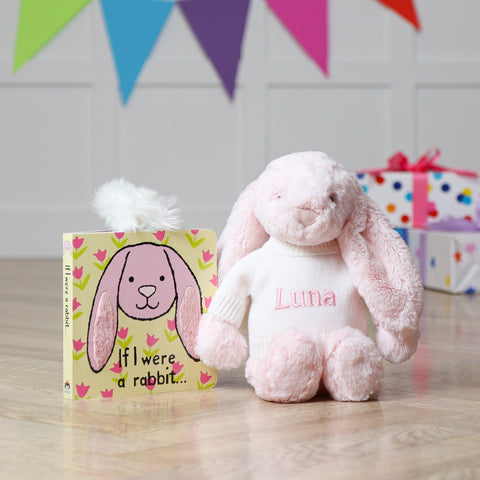
Storytelling is a cherished childhood activity that sparks creativity and imagination. Children develop and practice valuable skills through storytelling, whether they’re listening to you read or making up original stories during play.
Adding stuffed animals to your children’s storytelling opens up many new ways to play and learn! Collaborative play involving stuffed animals encourages creativity, teamwork, and bonding between playmates.
In this blog, we’ll dive into the benefits that stuffed animals have on stories and creative play. Then, we’ll look at some creative ways to incorporate animals into your child’s storytelling routine!
Benefits of Collaborative Storytelling with Stuffed Animals
1. Sparking Creativity
Plush animals enable children’s creativity to flourish. Children can invent entire worlds, characters, and plots with their plushies. Their stuffed animals can be anything from a teddy bear knight to a unicorn astronaut!
When playing with others, children face unique creative challenges. Unlike when they play along, your little one will have to think outside the box to adapt to other children’s ideas. They won’t have full control over the story, so they’ll have to learn how to be creative in a collaborative setting.
2. Promoting Communication Skills
Collaborative play depends on communication and teamwork, especially when telling a story. Children take turns contributing to the plot, listening to each other’s ideas, and building upon them.
Practicing communication skills through play prepares children for teamwork in the future. They learn how to listen to new ideas and effectively communicate their own. They also learn how to work with ideas that are different from their own.
3. Encouraging Empathy

Children assign personalities and emotions to their plush pals during imaginative play. This helps them explore empathy, emotional expression, and perspectives. They consider the feelings and motivations of the characters they create.
When storytelling with friends, children learn to handle unexpected emotions and cause-and-effect relationships. They’ll learn how to respond to strong emotions, how to help other characters feel better, and how their actions affect others.
4. Enhancing Problem-Solving Skills
Stories present characters with challenges to overcome, and collaborative play adds even more challenges. Children must work together to solve problems their plushies face, which helps develop critical thinking and teamwork skills.
Creative collaborative play also prepares children to face conflicts and problems between peers. No one agrees all the time, and it’s no different between playmates! Children will often have conflicting ideas about their stories or characters, so they’ll have to learn to compromise and communicate.
5. Strengthening Bonds
Creating stuffed animal stories together strengthens bonds between children. This shared experience fosters cooperation, respect for each other’s ideas, and a sense of togetherness. These positive interactions lead to deeper friendships.
And, when playtime’s over, your children’s characters don’t go away! Children can hold on to their plushies and remember the stories and characters they created with their friends or siblings.
Creative Ideas to Incorporate Stuffies in Storytelling

1. Use Books With Stuffed Animals
A great way to incorporate stuffies into storytelling is through books! You can try using books that relate to a specific plushie in your little one’s collection, like Slumberkins books or one from the Jellycat Books: "If I were a" collection.
For older children, you can encourage them to reenact their favorite books with their friends and their plushies. Through reenacting, they’ll retain their reading and gain a deeper understanding of the plot, characters, and other storytelling techniques.
2. Choose a Special Plushie
Children are much more creative when they love their toys! A favorite plushie can quickly become your child’s best friend, joining them in all their stories, cuddles, and adventures.
You can take your child on a special outing to pick their new plush companion. Maybe their friends or siblings tag along so they have the shared experience! Or, it can be a gift for a special occasion.
3. Make Set Pieces for Stories
When your children have the right tools, the possibilities are endless! Anything from a fort made of boxes and blankets to wooden building blocks can make the perfect stage for a stuffed animal story.
When playing together, children can create set pieces and bring their stories to life. They’ll practice even more hands-on collaboration skills. Every story’s more fun when there are props for their stuffed animal characters to use!
Consider Adding a Plushie to Your Child’s Collaborative Play!
Collaborative play involving stuffed animal stories encourages creativity, communication skills, empathy, and problem-solving abilities. It enriches speer bonds and fosters encourage teamwork in storytelling.
So, encourage your child to invite friends for a stuffed animal storytelling session. Watch as their creativity sparks, their communication skills flourish, and their friendships grow stronger. Plushie stories are more than just make-believe. They create memories of fun, learning, and friendship!

Leave a comment